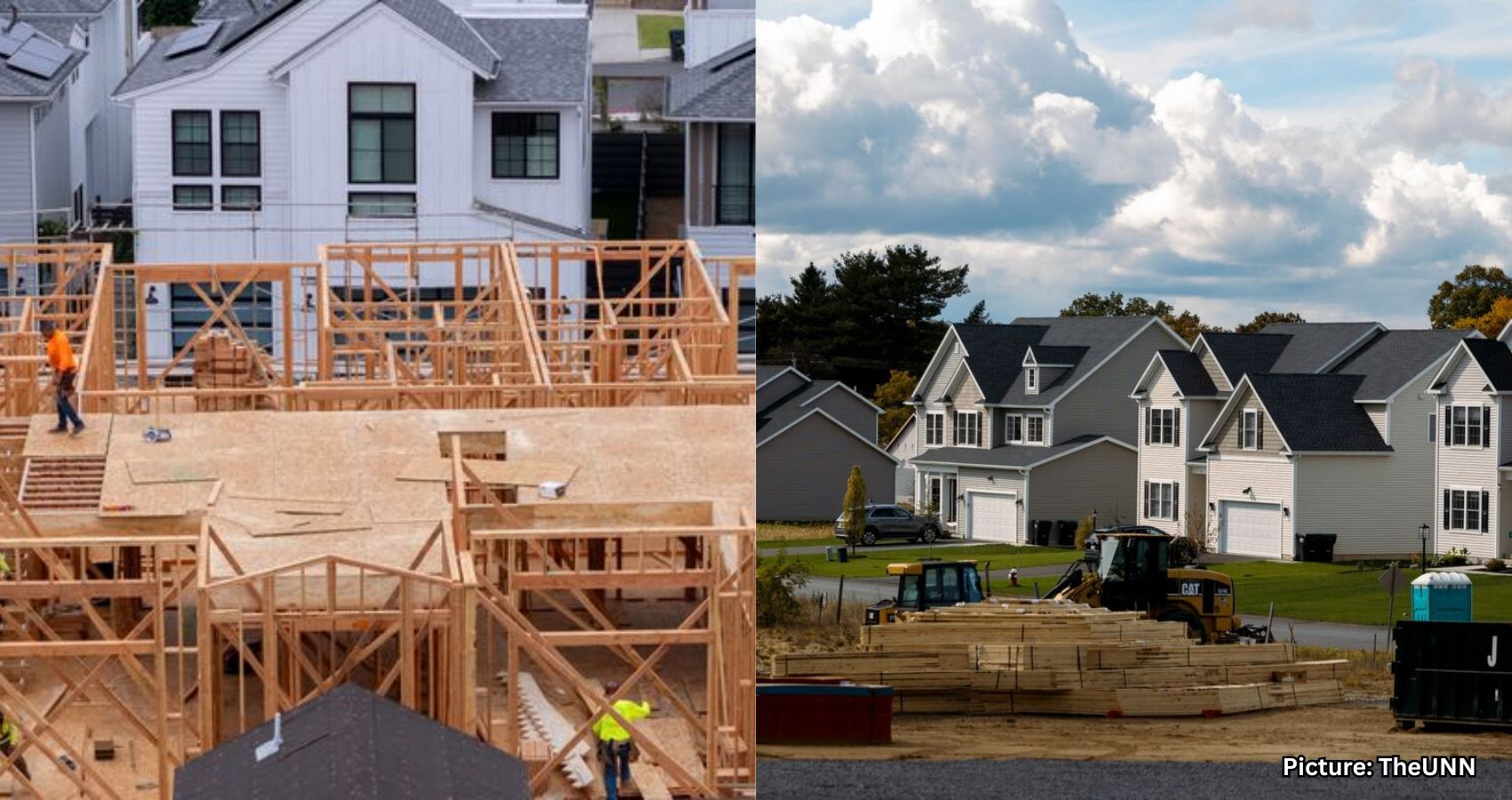The U.S. housing market is showing signs of recovery, with existing home sales reaching a seven-month high in September, driven by falling mortgage rates and increased inventory.
The U.S. housing market may be on the path to recovery as existing home sales surged to a seven-month high in September. However, economists caution that ongoing economic uncertainties and a sluggish labor market could dampen the anticipated benefits from declining mortgage rates.
The National Association of Realtors (NAR) reported that home resales rose 1.5% last month, reaching a seasonally adjusted annual rate of 4.06 million units, the highest level since February. This increase was particularly pronounced in the upper segment of the housing market, where higher-income households have benefited from significant wealth gains attributed to a strong stock market.
“We expect existing home sales to move sideways through the end of this year and into early next before improving over the course of 2026 as mortgage rates fall further and the economy and labor market get back on firmer footing,” said Nancy Vanden Houten, lead U.S. economist at Oxford Economics.
The rise in home sales was largely driven by a decrease in mortgage rates, with the average 30-year fixed mortgage rate dropping to 6.27%, down from over 7% earlier this year. This reduction in borrowing costs has improved housing affordability, encouraging a wider range of buyers, including first-time homeowners, to enter the market.
Regional trends in home sales varied across the country. The Northeast, South, and West experienced stronger sales, while the Midwest saw a slight decline. Year-over-year, total home sales rose 4.1%, indicating steady recovery momentum, while the median home price increased by 2.1% to $415,200, marking a new record for September dating back to 1999.
“Affordability has improved from its worst levels but remains close to the unfavorable readings that have prevailed for the past few years,” noted Stephen Stanley, chief U.S. economist at Santander.
In addition to rising sales, housing inventory also showed positive signs, with the number of homes for sale increasing by 14% to 1.55 million units, the highest level since 2020. Despite this growth, inventory levels remain below pre-pandemic norms. Homes stayed on the market for an average of 33 days, and first-time buyers accounted for approximately 30% of purchases, slightly below the historical target of 40%.
Despite these positive developments, challenges persist. An uneven labor market, economic uncertainty related to import tariffs, and concerns over potential government shutdowns may temper future growth. Nevertheless, the combination of falling mortgage rates, increased inventory, and strong buyer demand suggests that the U.S. housing market is gradually stabilizing.
This rebound reflects a market that is adapting to changing economic conditions, where improvements in affordability are playing a crucial role in rekindling buyer interest and sustaining sales momentum as 2025 comes to a close.
Looking ahead, the trajectory of the housing market will likely hinge on the interplay between interest rates, inventory levels, and overall economic stability. Continued enhancements in affordability could further stimulate buyer participation, while any disruptions in employment or financial markets might hinder momentum.
Source: Original article

